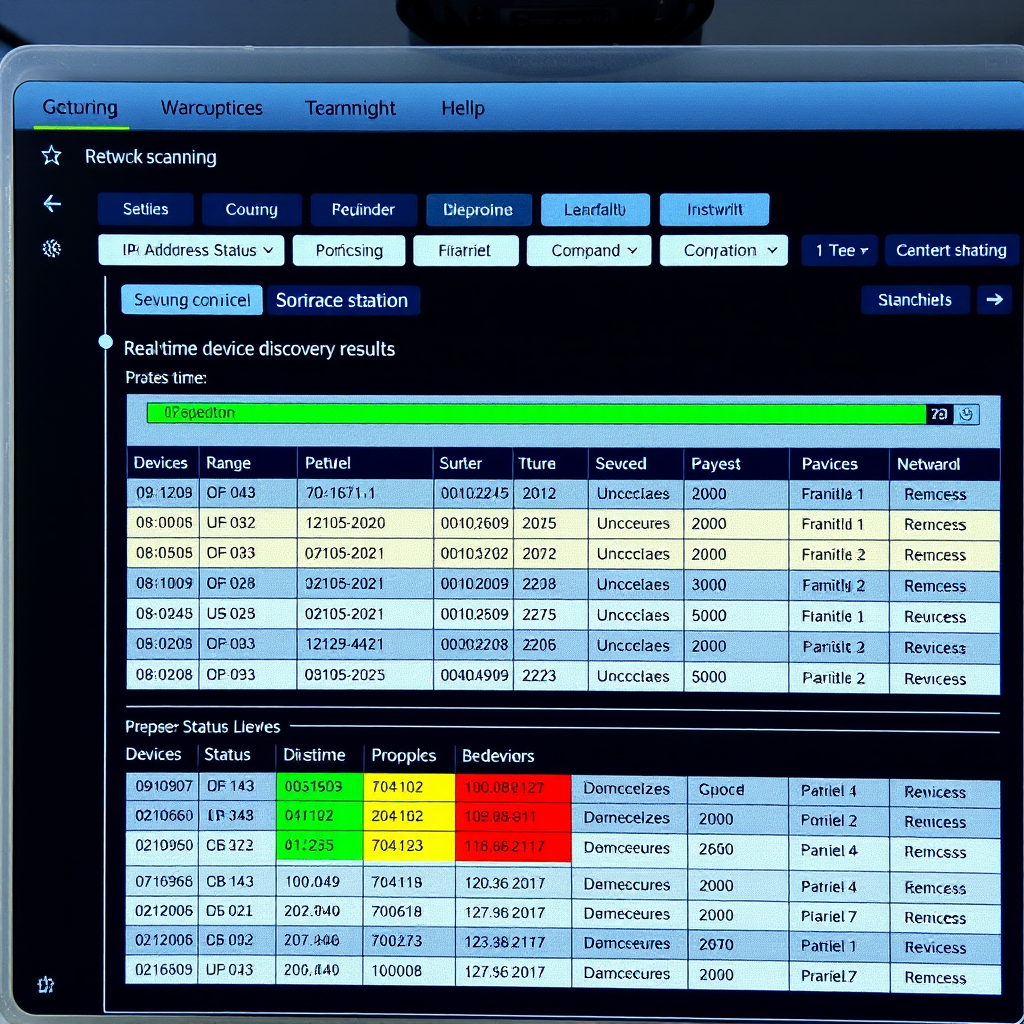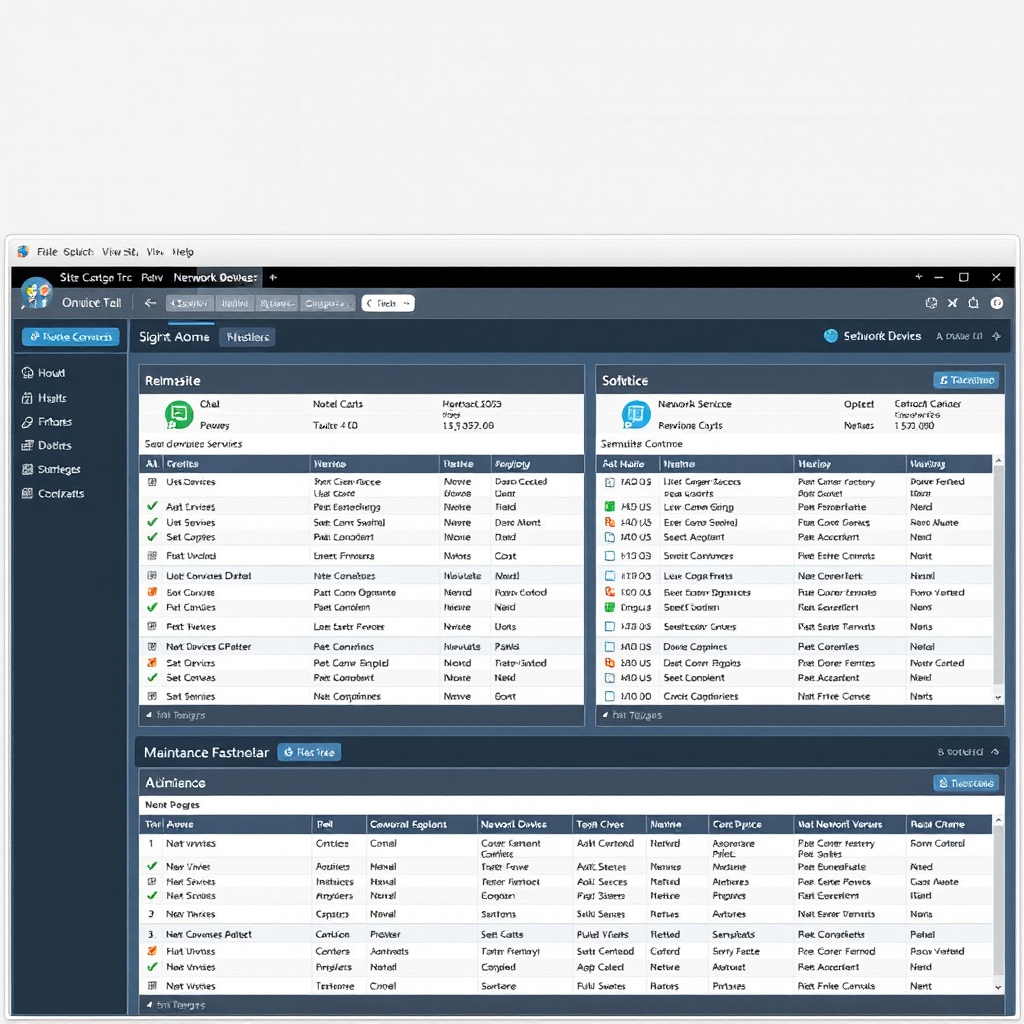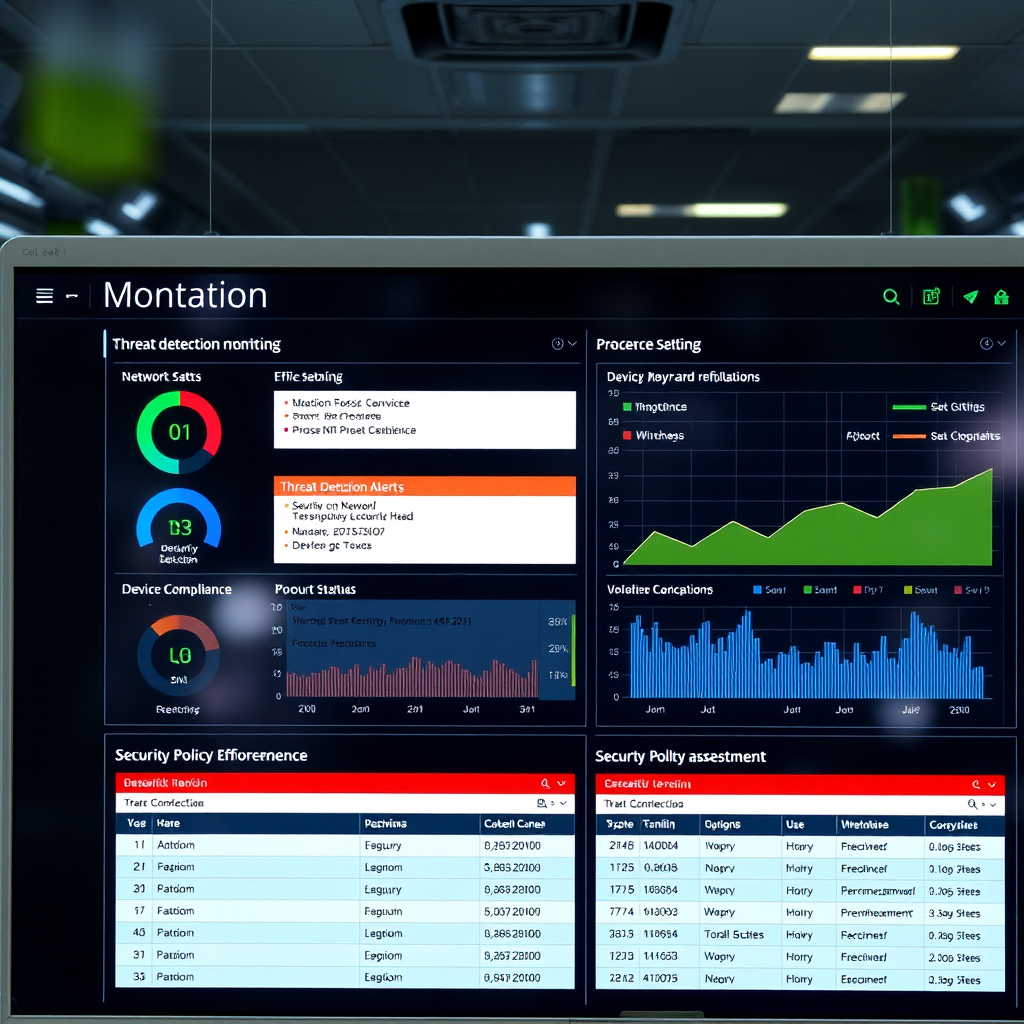The Complete Guide to Network Device Management for IT Administrators
An in-depth resource covering best practices for monitoring and managing network devices in enterprise environments. Topics include automated scanning schedules, device inventory management, and maintaining optimal network performance across large infrastructures.

Introduction to Enterprise Network Device Management
In today's complex IT environments, effective network device management has become a critical cornerstone of organizational success. Network admins face unprecedented challenges in maintaining visibility, security, and performance across increasingly diverse and distributed infrastructures. This comprehensive guide provides IT administrators with the essential knowledge and practical strategies needed to excel in modern network device management.
The evolution of network infrastructures has transformed the role of network administrators from reactive troubleshooters to proactive strategic partners. With the proliferation of IoT devices, cloud services, and remote work environments, the complexity of network ecosystems has grown exponentially, making systematic device management more crucial than ever.
Fundamentals of Network Scan Operations
Network scan operations form the foundation of effective device management. Regular network scanning enables administrators to maintain accurate inventories, identify unauthorized devices, and detect potential security vulnerabilities before they become critical issues.
Key Benefits of Systematic Network Scanning:
- Real-time Device Discovery: Automatically identify new devices as they connect to the network
- Security Compliance: Ensure all devices meet organizational security standards
- Performance Optimization: Identify bandwidth-consuming devices and optimize resource allocation
- Asset Management: Maintain accurate inventories for compliance and budgeting purposes

Automated Scanning Schedules and Best Practices
Implementing automated scanning schedules is essential for maintaining continuous network visibility without overwhelming system resources. Network admins must balance thoroughness with efficiency to ensure optimal network performance while maintaining comprehensive device monitoring.
Recommended Scanning Frequencies
Critical Infrastructure
Continuous monitoring with 5-minute intervals for core network devices, servers, and security appliances.
Standard Workstations
Hourly scans during business hours, with extended intervals during off-peak periods.
Advanced scheduling strategies should consider network traffic patterns, business operations, and resource constraints. Network scan operations should be optimized to minimize impact on production systems while maintaining comprehensive coverage of all network segments.
Device Inventory Management Strategies
Effective device inventory management requires a systematic approach that combines automated discovery with manual verification processes. Modern network environments demand sophisticated tracking mechanisms that can adapt to dynamic infrastructure changes.

Essential Inventory Components
- Device identification and classification
- Hardware specifications and capabilities
- Software versions and patch levels
- Network configuration details
- Security compliance status
- Performance metrics and baselines
- Maintenance schedules and history
- Asset lifecycle management data
Network admins should implement standardized naming conventions and categorization systems that facilitate easy identification and management of devices across different network segments. This systematic approach enables efficient troubleshooting and reduces the time required for routine maintenance tasks.
Performance Optimization Across Large Infrastructures
Maintaining optimal network performance in large-scale environments requires proactive monitoring, strategic resource allocation, and continuous optimization efforts. Network administrators must develop comprehensive strategies that address both current performance requirements and future scalability needs.
Performance Monitoring Metrics
Bandwidth Utilization
Monitor traffic patterns and identify congestion points
Latency Measurements
Track response times across network segments
Error Rates
Identify and resolve connectivity issues
Effective performance optimization requires continuous analysis of network scan data to identify trends, predict capacity requirements, and implement preventive measures. Network admins should establish baseline performance metrics and implement automated alerting systems to ensure rapid response to performance degradation.
Security Considerations in Device Management
Security must be integrated into every aspect of network device management. Regular network scanning helps identify potential vulnerabilities, unauthorized devices, and security policy violations that could compromise organizational data and systems.

Security Best Practices for Network Admins:
- Implement regular vulnerability assessments through automated network scan operations
- Establish device authentication and authorization protocols
- Monitor for unauthorized device connections and suspicious network activity
- Maintain updated security patches and firmware across all managed devices
- Implement network segmentation to limit potential security breach impact
Tools and Technologies for Modern Network Management
The landscape of network management tools continues to evolve, offering network administrators increasingly sophisticated options for device discovery, monitoring, and management. Selecting the right combination of tools is crucial for building an effective network management strategy.
Essential Tool Categories
Network Discovery Tools
Automated network scan solutions that provide comprehensive device discovery and inventory management capabilities.
Performance Monitoring
Real-time monitoring solutions that track network performance metrics and provide actionable insights.
Network admins should evaluate tools based on scalability, integration capabilities, reporting features, and total cost of ownership. The most effective network management strategies combine multiple specialized tools that work together to provide comprehensive visibility and control.
Future Trends in Network Device Management
The future of network device management is being shaped by emerging technologies including artificial intelligence, machine learning, and advanced automation. Network administrators must prepare for these evolving trends to maintain competitive advantage and operational efficiency.
Emerging Technologies Impact:
- AI-Powered Analytics: Predictive maintenance and automated problem resolution
- Cloud-Native Management: Scalable solutions for hybrid and multi-cloud environments
- Zero-Trust Architecture: Enhanced security through continuous device verification
- Edge Computing Integration: Distributed management for edge device ecosystems

Conclusion
Effective network device management requires a comprehensive approach that combines systematic network scan operations, proactive monitoring, and strategic planning. Network admins who master these fundamentals while staying current with emerging technologies will be well-positioned to meet the challenges of modern IT environments.
The key to success lies in implementing consistent processes, leveraging appropriate tools, and maintaining a security-first mindset throughout all network management activities. By following the best practices outlined in this guide, IT administrators can build robust, scalable network management strategies that support organizational objectives while maintaining optimal performance and security.
Regular network scanning and systematic device management are not just technical necessities—they are strategic investments in organizational resilience and operational excellence.